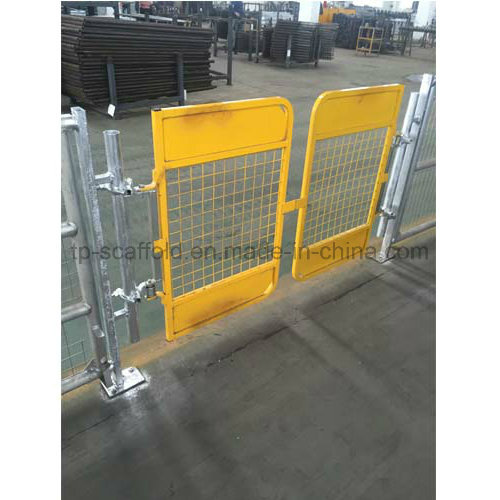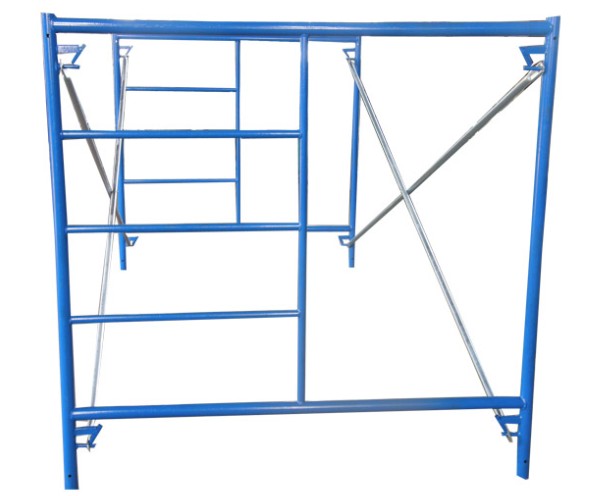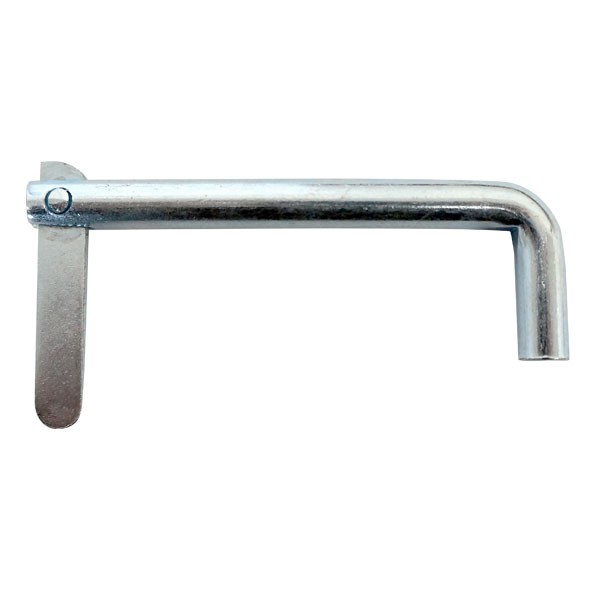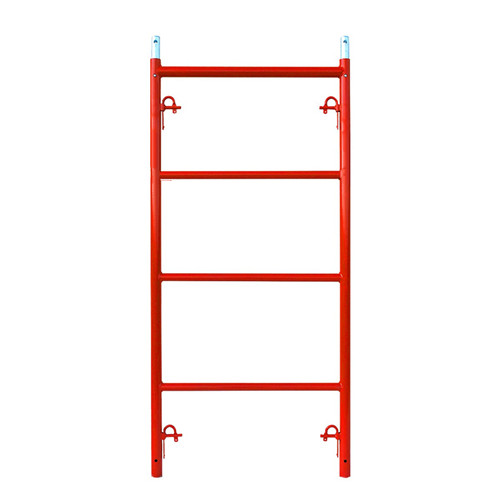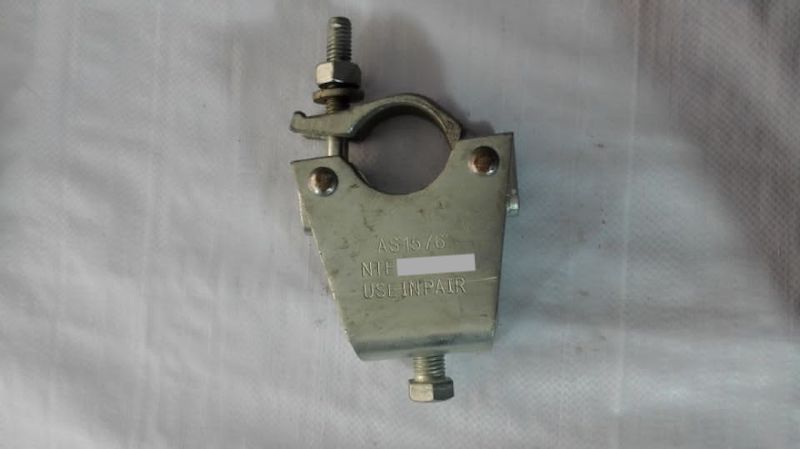What is scaffolding coupler?Scaffolding plays an important role in the construction industry, which we all know. But do
What is Ring lock scaffolding?With the development of the times, quality, safer, more versatile materials and scaffoldin
Features of ringlock scaffoldingThe ringlock scaffolding is a new type of in-line steel scaffold with self-locking funct
This article covers a scaffolding coupler. Scaffold refers to various supports erected on the construction site for work
scaffolding couplers, including connecting steel pipes, flat steels, hardwood wedges and cross buckles, etc. This articl
Frame scaffolding is often an essential part of construction and home maintenance, but negligence of falsework can lead
Shop 37 Scaffolding Accessories at Northern Tool Equipment. Browse a variety of top brands in Scaffolding Accessories such as Metaltech, Qual-Craft Industries, and Peerless Hardware from the product experts. ... Outrigger for Mason Frame Scaffold Towers — 4-Pk., Model
Zinc plating or electroplating is a process where zinc is applied by using a current of electricity. It is a thinner coating than hot-dip galvanizing making it unsuitable for outdoor applications. ... now i planed to purchase the electroplated Swivel coupler for scaffolding purchase. But i want to know which is give better life
Gadsden Style 5ft x 5ft Frame with No Collar Stack Pins and 10ft Brace - Scaffolding - Sets/Frames - Gadsen Style-Orange - Scaffolding
Contribute to emjotde/forcealign development by creating an account on GitHub.
The scaffold members of steel tubing shall be complying with BS 1139 / EN 74 “Metal Scaffolding”. 75(1) Every metal tube scaffold exceeding 40 metres in height and every other scaffold ... Section 3: Specification for steel and aluminium couplers, fitting and accessories. 7. MS 1462-3-1: 2011- Metal Scaffolding – Part 3: Prefabricated ...

